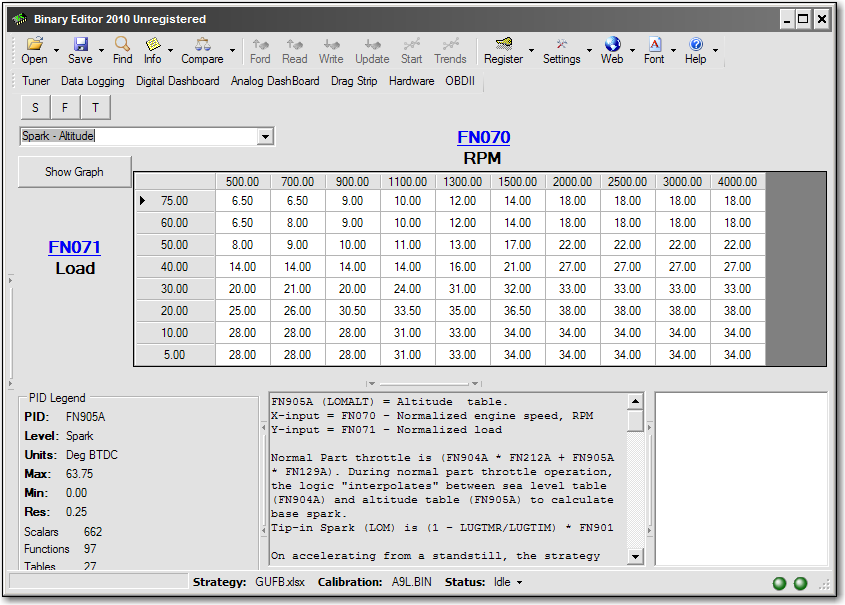


This is a single byte, however, to store this as human-readable text would mean storing the character 1 then 2 and finally 9, resulting in 3 bytes being used: 00000001, 0000001001. For example, the binary or single byte for the number 129 would be 1000001. For the human reader, this is non-sensical however, due to its small size, the storage requirements become quite compact, meaning you can either store lots more data or use a smaller space much more efficiently. Each number, reading or measurement will be recorded in either a set pattern or a match pair-style arrangement. By contrast, a binary file will have all its data written at a byte level.

XML can also be read but the greater definition of the individual data elements comes at a significant overhead in terms of file size. This is raw and not without its issues when defining data, but it is very easy to implement, and spreadsheet programs such as Excel will open it. In a CSV file, each row of data is present with a comma separating each value. Both these files can be open in a text browser such as Notepad++. Examples of this would be eXtensible Markup Language (XML) and Comma Separated Value (CSV) files. Text-based files are human-readable and simple to interpret. Both have advantages and disadvantages, and it depends on your final goal as to which one will suit you best. When logging data, there are two different ways in which we can choose to save it we can use a traditional text file or a binary file. When combined with practise and qualifying sessions, the total amount of data collected is typically in the range of around five billion samples! During a 90-minute practise, session teams can receive between five and six gigabytes of raw, compressed-format data, from one car alone. For each race, the amount of data collected is in the range of 1.5 billion samples. The typical delay between the data being collected and it being received at the boxes is about 2 ms. These channels are encrypted to stop other teams from reading the data. Taking data logging to the extreme, consider the modern Formula 1 racing car, where each car has around 300 sensors.ĭata is sent from the car to the pit garage, using around 1,000 to 2,000 telemetry channels, which are transmitted wirelessly using the 1.5 GHz frequency. This data was then plotted on a graph over time, and on a map showing where the rider was braking and accelerating. The job of this data logger was to log a timestamp, then a GPS location, followed by the various inputs on the bike, including throttle position, brake activation, lean angle and G-forces. One of the first projects I ever designed and built using the Arduino Uno was a GPS data logger for a racing motorcycle. Most data logging can be done automatically under computer control. Data logging systems typically monitor a process using sensors linked to a computer. Data logging is the collection of data over a period of time, and is something often used in scientific experiments.


 0 kommentar(er)
0 kommentar(er)
